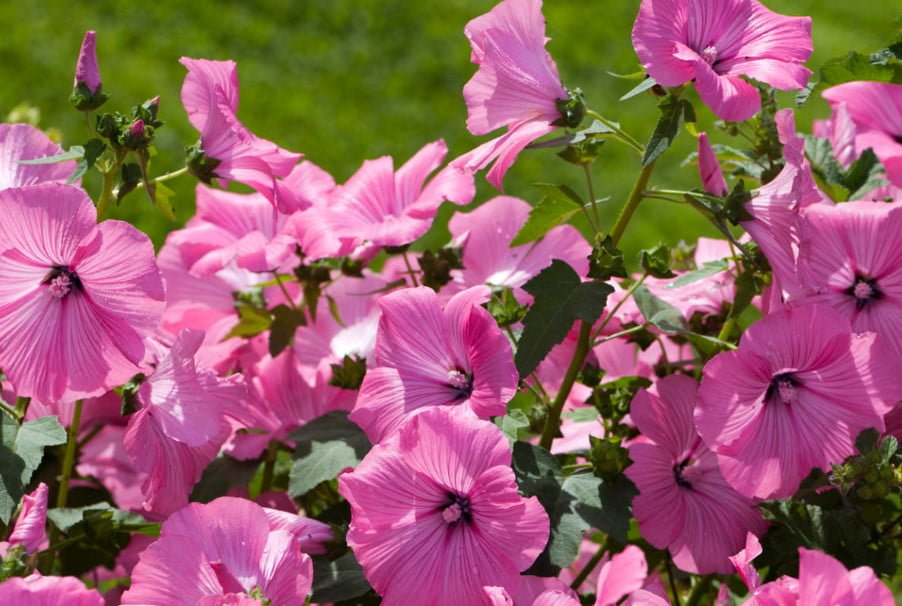
Carl Linnaeus named the plant in honor of two brothers — Austrian scientists, who bore the name of Lavater.
Earlier Lavater was quite widespread among gardeners, grew in front gardens, and then interest in it subsided. Now it can be seen more on the streets, in the city flower beds. Let’s look at it closer.
Meet: lavatera
The genus of Lavater includes 25 species of plants, mostly herbaceous, but there are shrubs and even trees among them. Belongs to the genus in the family Malvaceae. Occur almost everywhere in the Northern hemisphere and in Australia.
The appearance of the familiar Lavater reminds us of mallow. It is quite high plants, have a straight, strong stem, the leaves on which are arranged alternately. They are large, simple, lobed, slightly pubescent. Large funnel-shaped flowers, usually pink (there are both yellow and purple) form inflorescences as brushes on the ends of shoots.
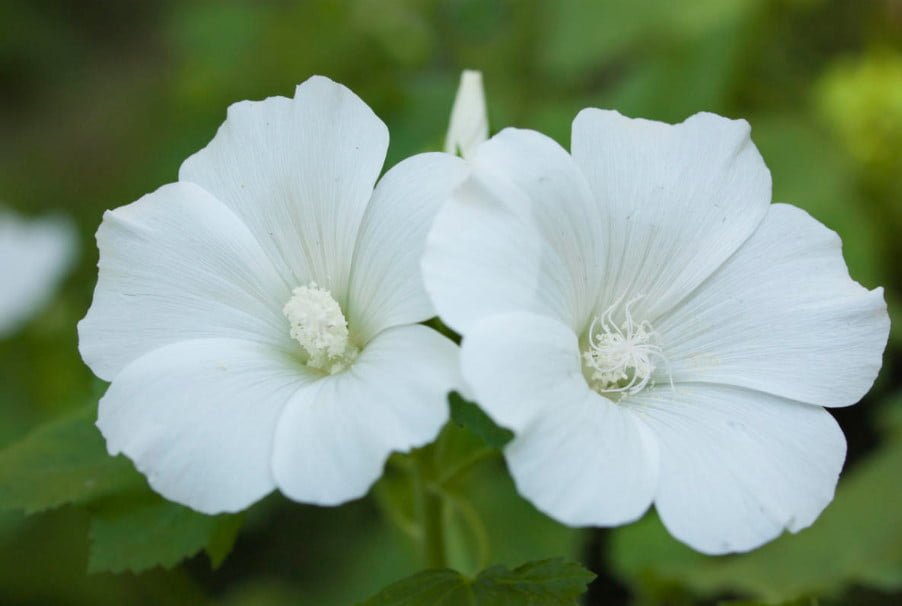
The most interesting for growing in the garden are 3 species, which will talk in more detail.
Lavatera trimestris
Most often in urban parks and private gardens is grown Lavatera trimestris and its varieties. It comes from southern Europe, North Africa, Syria.
Annual plant, high (120 cm) and powerful. The leaves are simple, at the bottom of the stem have a heart-shaped form with celled edges, above are leaves lobed. Flowers are up to 10 cm in diameter, often white or thick pink, sitting alone in the axils.
The upper flowers are very thick, and the lower ones have quite long peduncles. Bloom profuse for almost two months.
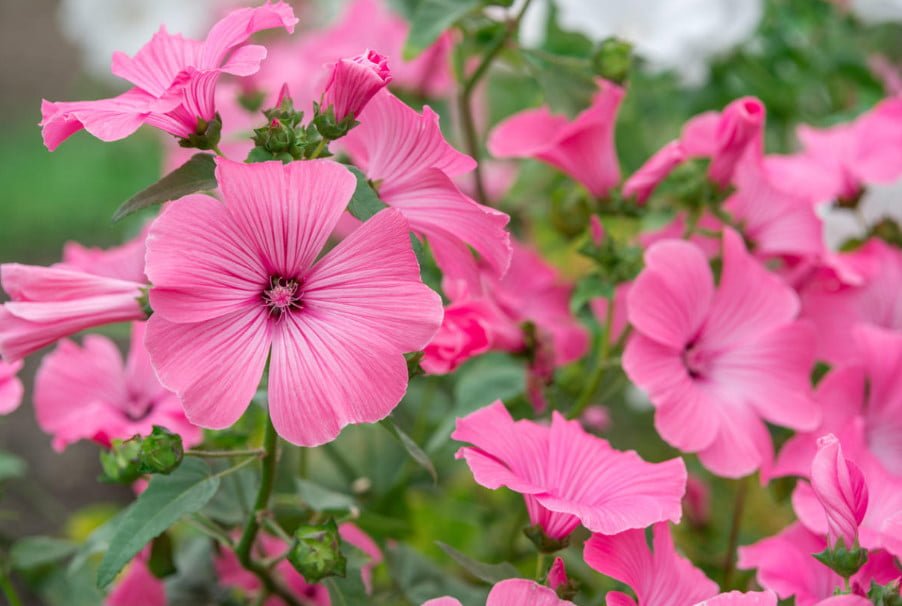
Has the following varieties:
- ‘Pink Beauty’. Petals pale pink, with a pattern of purple veins. Plants of medium size – about 60 cm.
- ‘Silver Cup’. The flowers are dark-pink, veins darker.
- ‘Novella’. Dwarf variety-low plants (up to 20 cm), pink flowers.
- ‘Mont Blanc’. The flowers are white, large, with veins of a thick pink color. The height is 60 cm.
- ‘White Cherub’. Low bushes (35 cm) with white flowers.
There are also a mixture of colors, for example, Beauty Mixed. It is a mixture of colors of different shades of pink color, bushes height of about 75 cm.
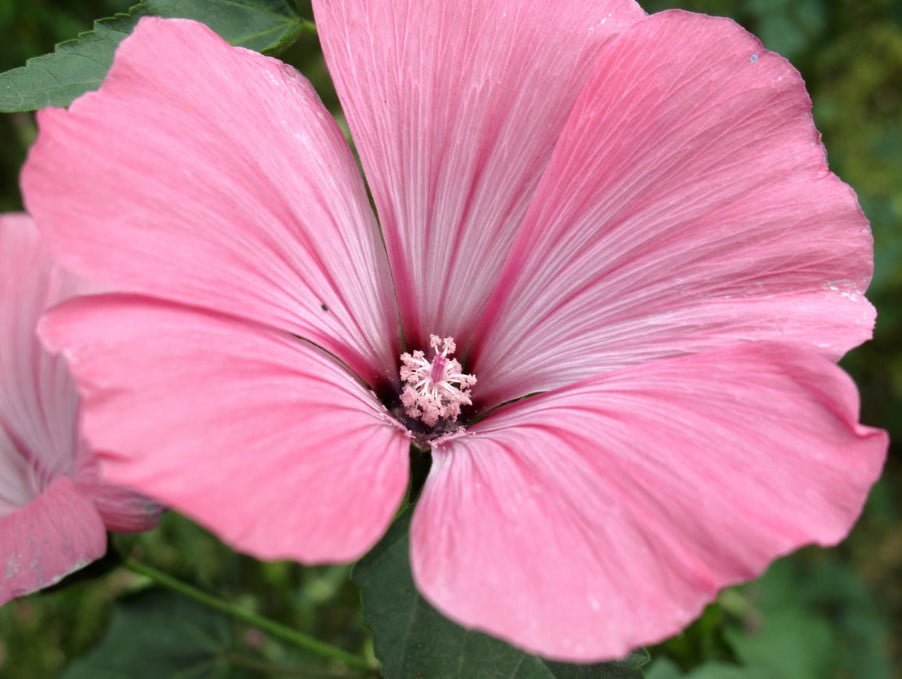
Lavatera thuringiaca
Lavatera thuringiaca is otherwise called the dog rose. This is the most common type of perennial Lavater. It is found in European regions of Russia, as well as in Europe and Asia Minor.
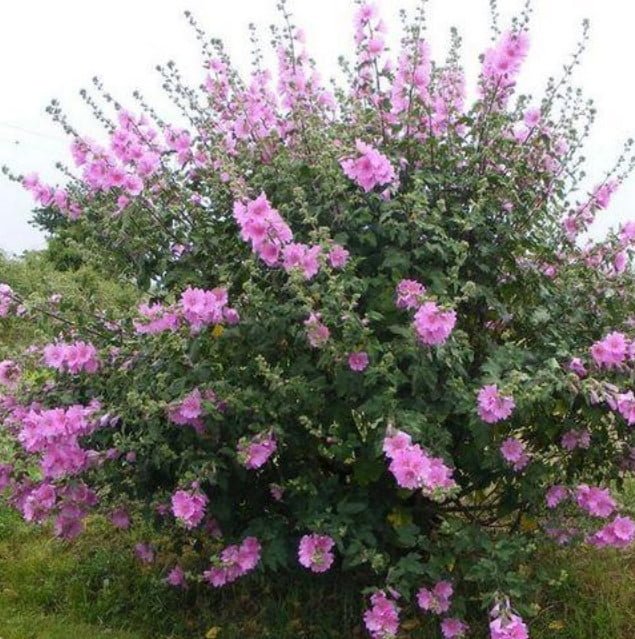
This type of different power plants: they grow up to 2 or more m. they formed a lot of shoots, which are heart-shaped leaves, sometimes they are rounded, grayish-green with hard pubescence. The petals of large flowers, sitting alone on long stems, have a pink color. Blooms such Lavater in the second half of summer until the autumn.
There are varieties of foreign breeding:
- ‘Lilac Lady’. It has lilac flowers.
- ‘Eye Catcher’. Flowers rich deep-pink color.
- ‘Barnsley Baby’. The flowers have a delicate white and pink color.

Long-term varieties of lavatera are much more whimsical, affected by viral diseases, such as rust.
Lavatera arborea
Lavatera arborea-countries of South-Western Europe. It is a tall biennial plant with erect sturdy stems. It has beautiful oval leaves, large (up to 20 cm), with a velvety surface. The flowers are like hibiscus flowers-bright red. Grows only in greenhouses, in summer can be grown in the garden as a pot plant. There are variegated forms.
Growing in the garden
Most often we grow varieties Lavatera trimestris. This plant is very unpretentious, cold-resistant and drought-resistant. Prefers bright, open sun plots, undemanding to soil, but it is much better to grow and bloom luxuriantly be fertile and loose soil.

How to reproduce
Usually, Lavater is propagated by sowing immediately into the ground as early as possible in the spring: as soon as the snow melts, and the soil warms up a little. Seeds are sown immediately on a permanent place. Shoots can appear after 2 weeks, usually rises together. Required regular watering young plants. As soon as the seedlings grow up, they need to thin out, leaving a distance between them of about 30 cm, otherwise they will be stretched out in thickening and bad bloom.
Maintenance
Lavatera is easy to care for. It should be watered rarely, only in severe drought – in this case, abundantly. High varieties must be tied to the support, as plants can suffer from the wind. Faded and dried flowers should be removed regularly to maintain a neat plant species and stimulate Bud formation. The plant does not need a pinch. Young trees Lavater need to weed and loosen, and after the closure escapes the need for it disappears. Lavater should be fed only on very poor soils and not more than once a month.
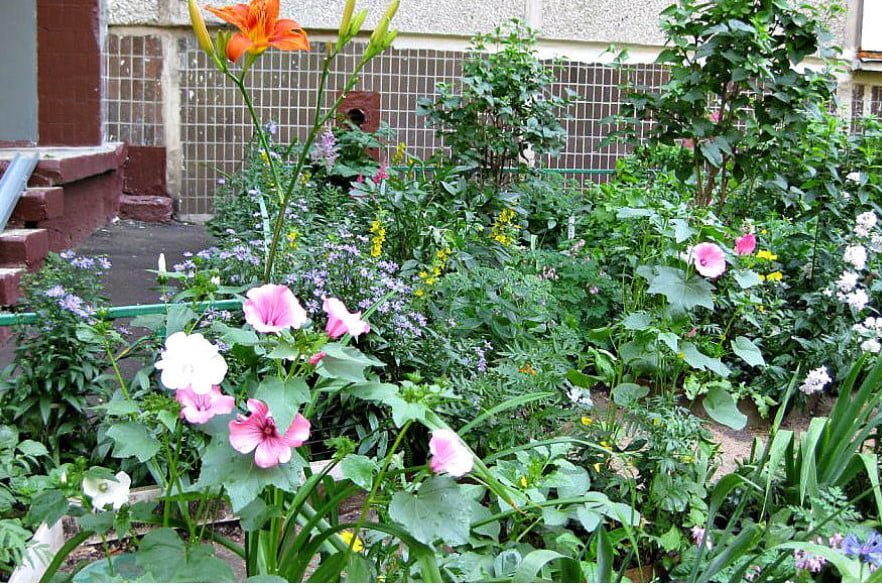
The plant may suffer from rust, in this case on the lower surface of the leaves appear brownish spots. If the defeat covered the whole plant, it is better to dig it up and destroy it and not to plant Lavater in this place for several years.
Best of all Lavater looks in large groups and mixborders. It goes well with annual flowers of bright colors, as well as with high perennial plants of blue and blue shades: Aconitum, Veronica, Delphinium. Very good Lavater in a single landing on the lawn. Tall varieties are suitable for the separation of garden areas.
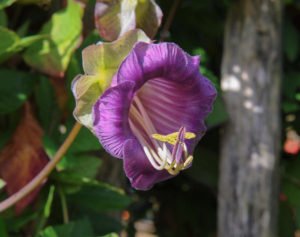

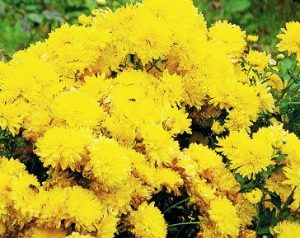
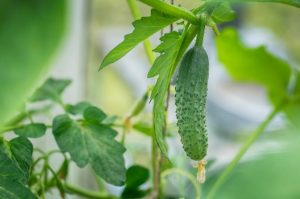
Leave a Reply